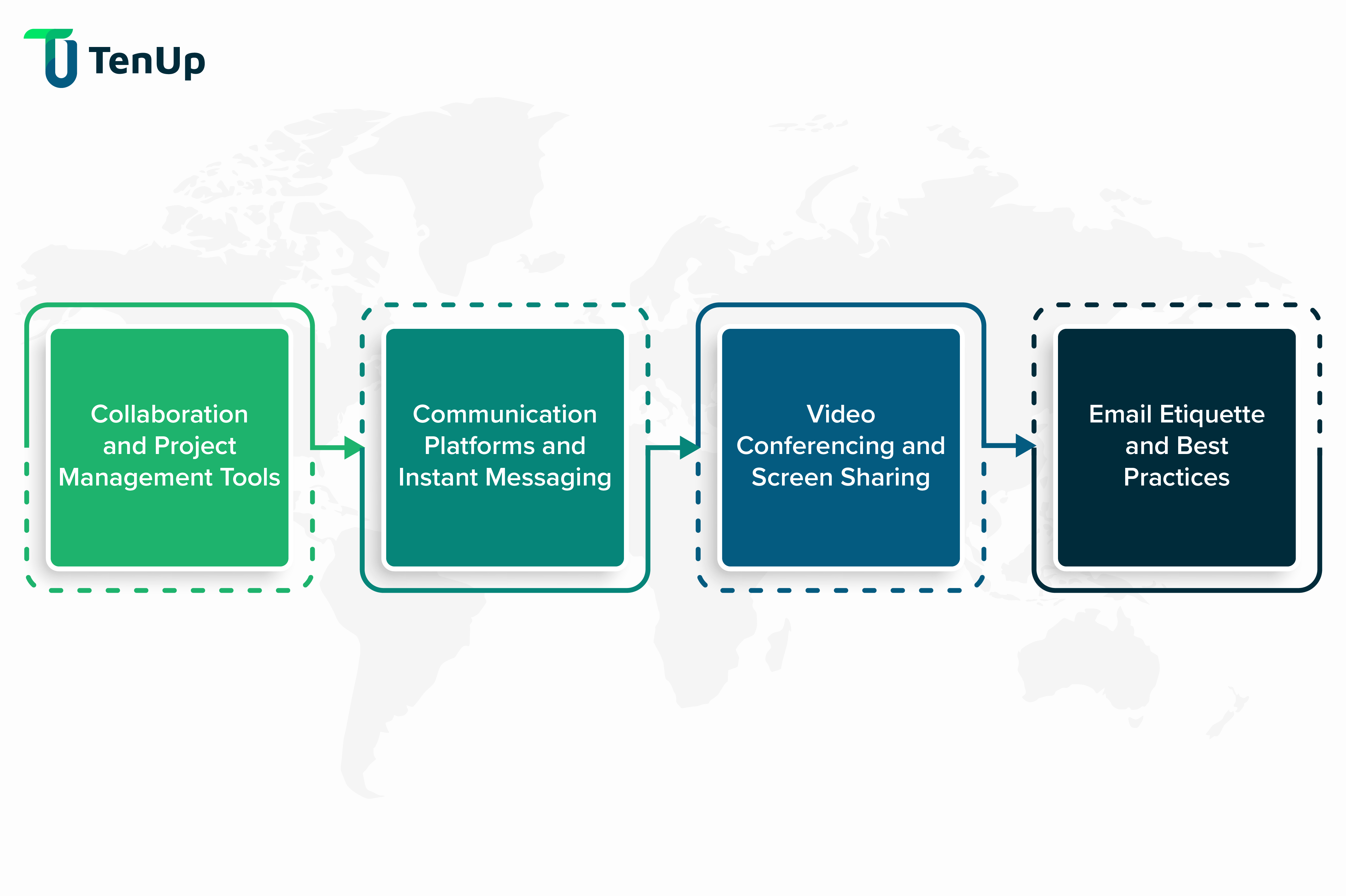#ALM #DigitalTransformation
Application Lifecycle Management (ALM) involves multiple stages, from initial planning to final deployment. While each stage presents its own set of challenges, one factor remains crucial to the success of the entire process: effective communication. In this blog, we’ll explore the vital role communication plays in ensuring the smooth and successful execution of ALM.


There are 5 main stages in the Application Lifecycle Management process:
The first stage, the planning stage, involves defining the scope, objectives, and requirements of the application. Project stakeholders combinedly outline the application's features, timeline, and resource allocation.
In this stage, the design and functionality of the application are created based on the requirements outlined in the planning stage. The development team performs coding, component integration, and develops the application.
To identify and rectify defects and inconsistencies, thorough testing is important. Various testing methodologies, such as unit testing, integration testing, and user acceptance testing, are used to ensure the application meets quality standards.
After undergoing successful testing, the application is made available to end users. To minimise disruption and ensure a seamless transition from the old system (if applicable) to the new one, this step needs careful planning.
After being launched, the application needs constant maintenance, including updates, bug fixes, and upgrades to keep up with changing requirements and technological advancements.
The effectiveness of Enterprise Application Lifecycle Management (Enterprise ALM) depends on effective communication. It is essential for streamlining the entire procedure and ensuring the development of high-quality applications that meet the company's objectives.
This section emphasizes the value of clear and concise communication among teams and stakeholders throughout the Enterprise ALM journey and illustrates how it minimizes misunderstandings and errors.
The seamless flow of information and ideas among every stakeholder involved is the core of Enterprise ALM. Every participant, from project managers and developers to testers and end users, must be on the same page. These people are connected through communication, which promotes collaboration and a shared vision for the development and maintenance of the application.
Throughout every phase, numerous teams with diverse expertise collaborate in the multifaceted environment of Enterprise ALM. Everyone will be able to understand their roles, duties, and expectations if communication is clear and concise. Team members can quickly resolve concerns, communicate updates on their progress, and exchange feedback.
Moreover, effective communication breaks down the barriers that often arise due to technical jargon and ensures that all stakeholders can actively participate in discussions, regardless of their technical backgrounds.
Errors and misunderstandings may significantly impede the Enterprise ALM process, causing project delays and compromised application quality. Effective communication serves as a safeguard against such issues. With multi-tiered systems of support, there is a decreased likelihood of misinterpretation among the team members.
Now, to implement effective communication in your organization, the use of some technologies is mandatory. They are:

Collaboration and project management tools provide the foundation of an efficient application management lifecycle. These platforms allow team members to manage tasks and communicate in real-time, ensuring seamless collaboration on challenging projects. Teams can organize tasks, assign responsibilities, set deadlines, and keep track of progress using tools like Trello, Jira, and Asana. Stakeholders can stay aligned and adapt to changes swiftly with centralized information and easy access to project updates, improving overall project efficiency.
Instant messaging and collaboration platforms like Slack and Microsoft Teams are essential for promoting effective and speedy team communication. These platforms offer chat functionalities, direct messaging, and group channels, enabling real time discussions on project-related matters. The ability to share files, code snippets, and documents further boosts productivity and problem-solving, making them indispensable tools for agile Enterprise ALM teams.
Face-to-face communication can be difficult in ALM (Application Lifecycle Management) because team members are distributed geographically. Teams can easily hold virtual meetings with the help of video conferencing solutions like Zoom and Google Meet. Among distributed teams, visual communication improves understanding, encourages engagement, and promotes a sense of camaraderie. Screen-sharing tools make it easier to collaborate on live demos, code reviews, and presentations while also increasing productivity.
Enterprise ALM and other business environments, email continues to be the primary method of communication. Using good email etiquette ensures communications are professional, clear, and concise. Using descriptive subject lines, receivers can more efficiently prioritize and categorize emails. Structured and well-organized content improves readability while maintaining a cordial and respectful tone fosters positive working relationships.
One factor to always keep in mind in the realm of Enterprise Application Lifecycle Management effective communication is vital for success. From planning to maintenance, clear and concise communication among the teams and stakeholders plays an important role in overcoming challenges and delivering high-quality applications. Embracing communication as a foundation empowers organizations to navigate complexities, minimize errors, and embark on a journey towards Enterprise ALM excellence.